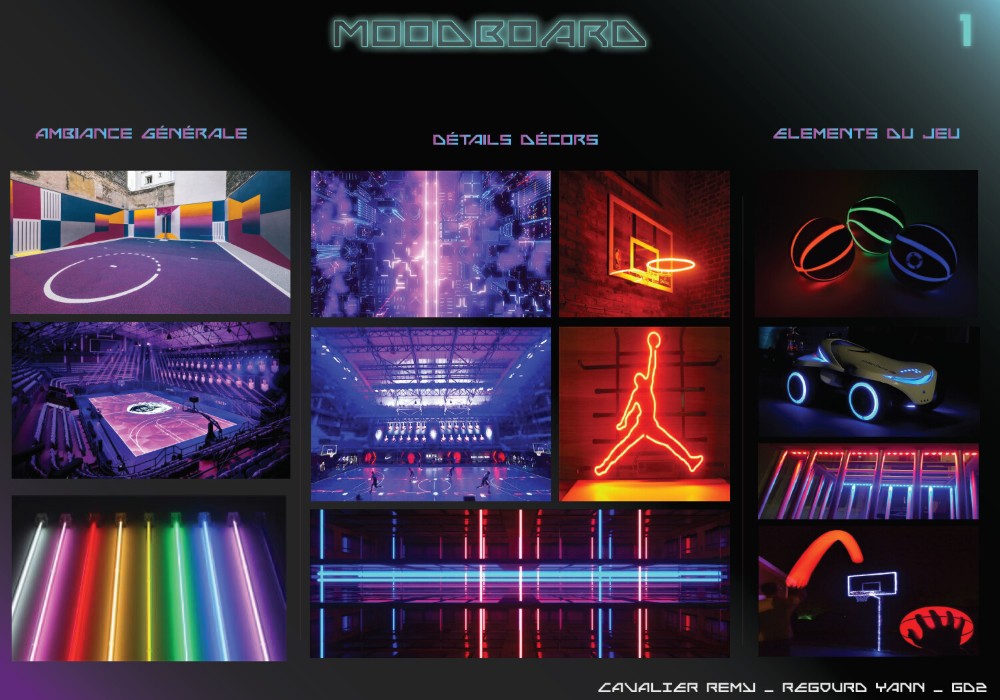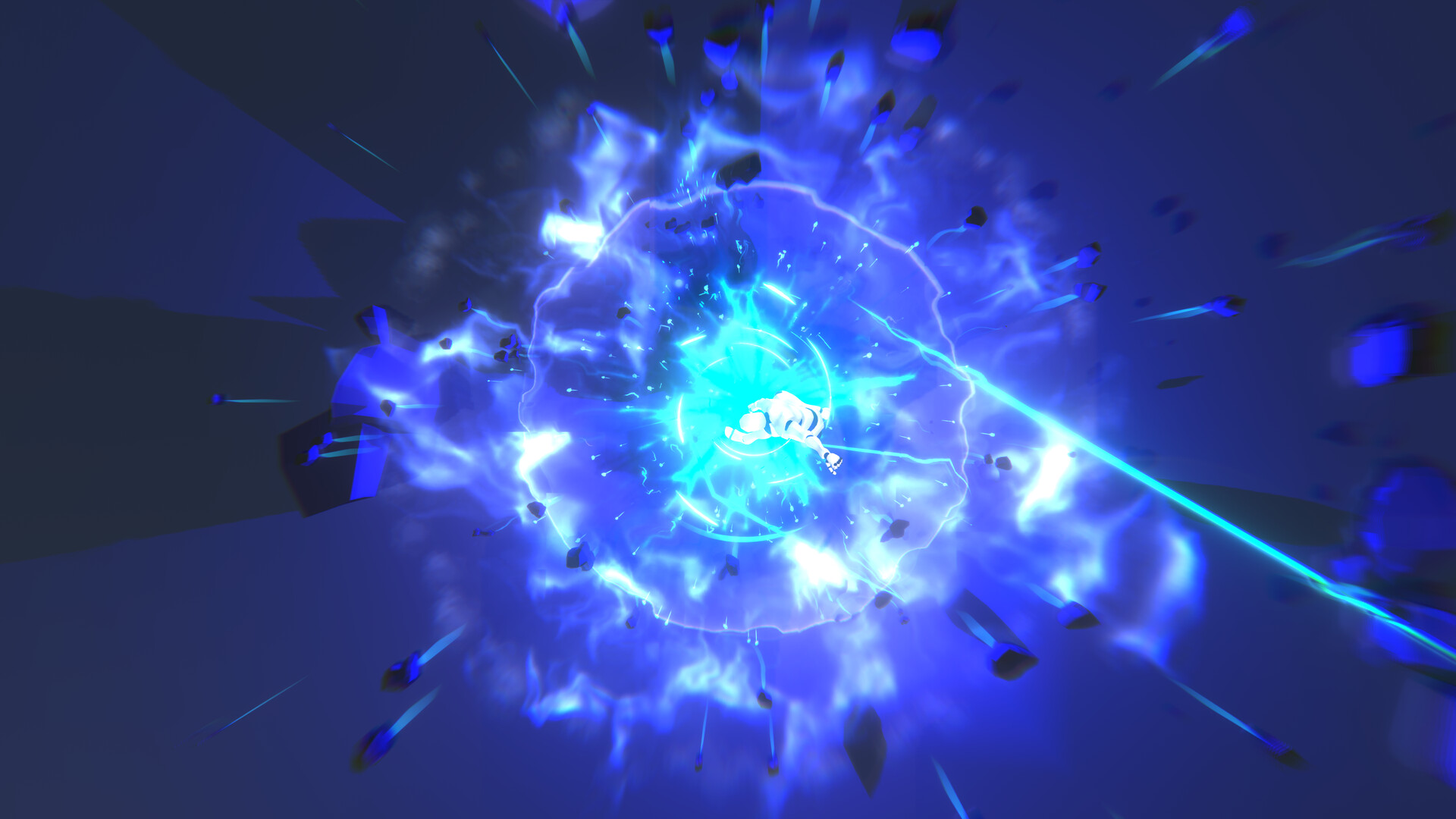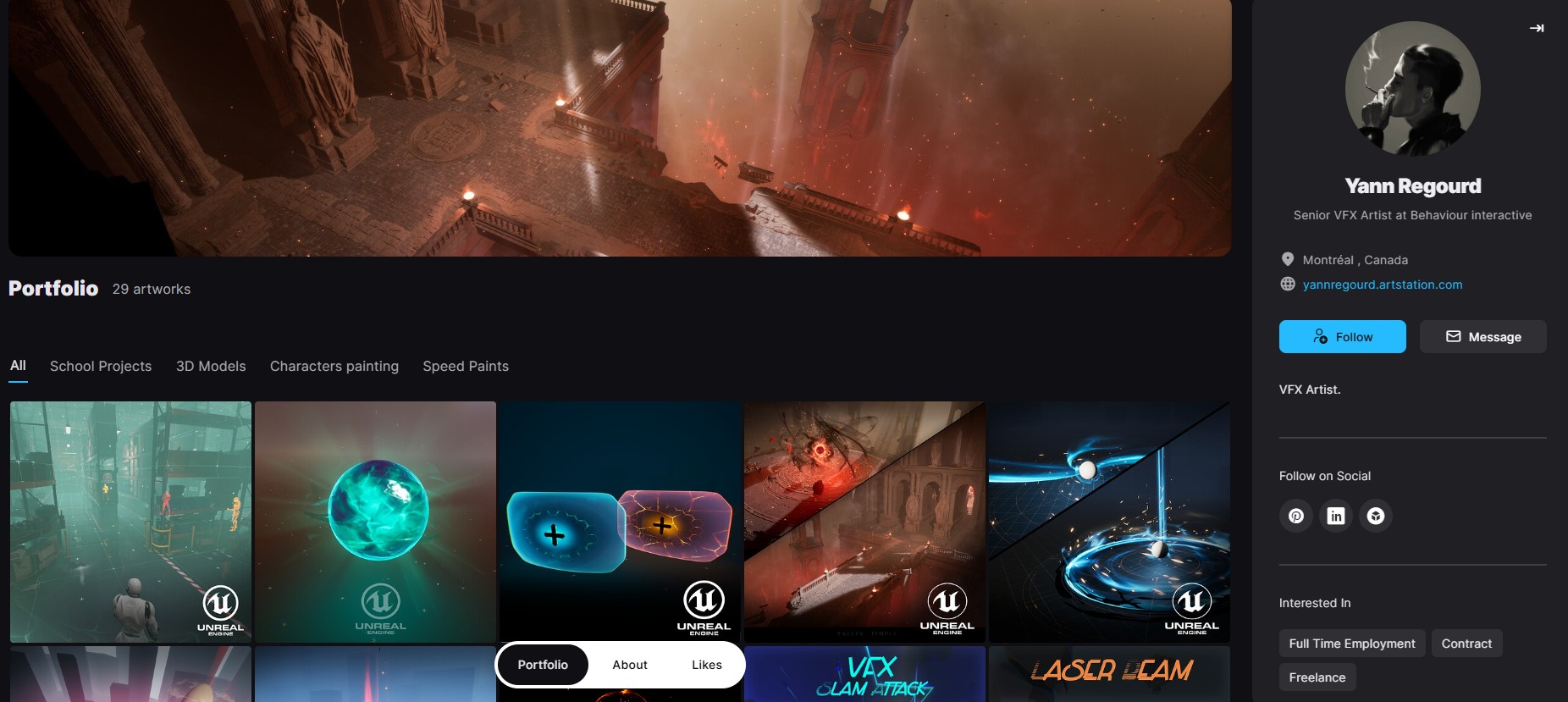Why did you choose ESMA?

I’ve always had a passion for images. Initially, it was more cinema-oriented: post-production, special effects, editing… I even considered doing a BTS in editing and post-production.
I visited a number of schools, took part in open days and met the teaching staff. ESMA quickly stood out as an obvious choice, thanks to its reputation and the impression left during the visits.
A friend of my brother’s, a former 3D animation student, also recommended the Prépa Entertainment, which reinforced my decision.
What did the Entertainment Prep bring you?
A lot. It’s a year where you touch on everything: plastic arts, painting, drawing, analysis of works, composition. Before I started, I didn’t know how to draw. In one year, I acquired a solid foundation, techniques and above all a different way of seeing and interpreting images.
The Prep gave me an open mind: an understanding that there are a thousand ways of expressing an idea visually, far beyond pencil and paper. These concepts are still with me today, even in a digital context.
We don’t get hooked on every subject, and that’s normal. But this variety allows you to discover your strengths and affinities. In my case, it reinforced my attraction to the arts, even though I went on to do game design.
What stood out for you during your studies?
The network, without hesitation. I’ve kept many contacts, now friends, with whom I still work on personal projects. Each of them has specialised in a different field, which creates a very useful circle of expertise.
There’s also the versatility: we explored different professions – game design, animation, sound design, a bit of programming – which enabled me to understand the constraints and needs of each profession. That makes a real difference once you’re in the job.
Finally, the atmosphere: at the time, the teachers who designed the course were very committed. This closeness counted for a lot.

What does your job involve today?
I’m a Senior VFX Artist at a studio in Montreal. My role is to create special effects for video games in real time, following the guidelines of the art directors and game designers.
This can range from highly stylised effects to photorealism, depending on the project.

My daily routine depends on the size of the project. On a triple A, the organisation is very structured: synchronisation meeting in the morning, task management via an agile system, creation or correction of effects according to the priorities set. On smaller projects, I’m more versatile and may have to take part in artistic direction, research or other creative aspects.
An outstanding project?
One of the projects that made the biggest impression on me was a perfect match for my artistic style. Unfortunately, it was cancelled.
It’s frustrating, because in the video game industry, sometimes months of work disappear into the archives without ever being shown. Out of seven projects I’ve worked on, five have been cancelled.
You still gain experience, but you lose the opportunity to show your work.
How do you see the video game market today?
Overall, it remains solid. Recent redundancies in various countries, including Canada, are linked to a very specific phenomenon: the post-COVID effect.
During the pandemic, the sector experienced an exceptional rise in revenues and recruited massively. Once the situation returned to normal, many projects were cancelled and some jobs were lost.
Despite this, the figures remain good. Video games on all platforms still generate more revenue than film or music.
Mobile accounts for a significant proportion of this figure, even if it is not everyone’s favourite segment.

Are young graduates ready for the market?
But not always. Technical skills are essential, but they are not enough. You need to understand game design, have an artistic eye and know how to interact with all the different production departments.
A good profile is versatile: capable of creating, but also of understanding the constraints of others and proposing relevant ideas. This is what has served me best in my career, and what attracts attention in interviews.
How do you see AI?
It’s a powerful tool, but misused, it can threaten certain professions, particularly that of concept artist. In my studio, we are forbidden from integrating it directly into productions, for ethical and legal reasons linked to copyright.
The aim is to use it as a time-saver, not as a substitute for humans. However, studios that make full use of it will probably have an advantage in terms of production speed, which will encourage others to follow suit.
The question is not “should we use it? but “how can we use it intelligently?
Any trends to watch out for?
Interactive experiences other than traditional video games are developing rapidly: tourism, museums, virtual reality. The same studios often produce this content, but for different uses.
In pure video games, trends change quickly: FPS, battle royale, extraction shooters… Each trend lasts a few years before being replaced. You have to stay alert and adaptable.
To find out more about Yann Regourd’s career, take a look at his portfolio here :

Why did you choose Canada?
Here, video games are recognised and well paid. There’s a wide variety of studios, from triple-A to more human structures, and the quality of life is better than I’ve experienced in France.
In France, apart from a few big names, opportunities are limited. I’d advise anyone who can to go and work abroad: it’s enriching, both professionally and personally.
Where do you see yourself in five years’ time?
Ideally, in a position of responsibility: art director, VFX lead… or perhaps at the head of my own studio. But not before I’ve gained even more experience, to avoid making costly mistakes.
What advice would you give to a student who wants to get started?
Leave school with as much baggage as possible: technical and artistic skills, knowledge of the sector, varied references. Be curious, versatile and able to make suggestions.
Understand the global context of the profession, keep up to date with what’s happening in the sector, and take inspiration from what’s being done to feed your own creations. That’s what will make the difference in a pile of CVs.
